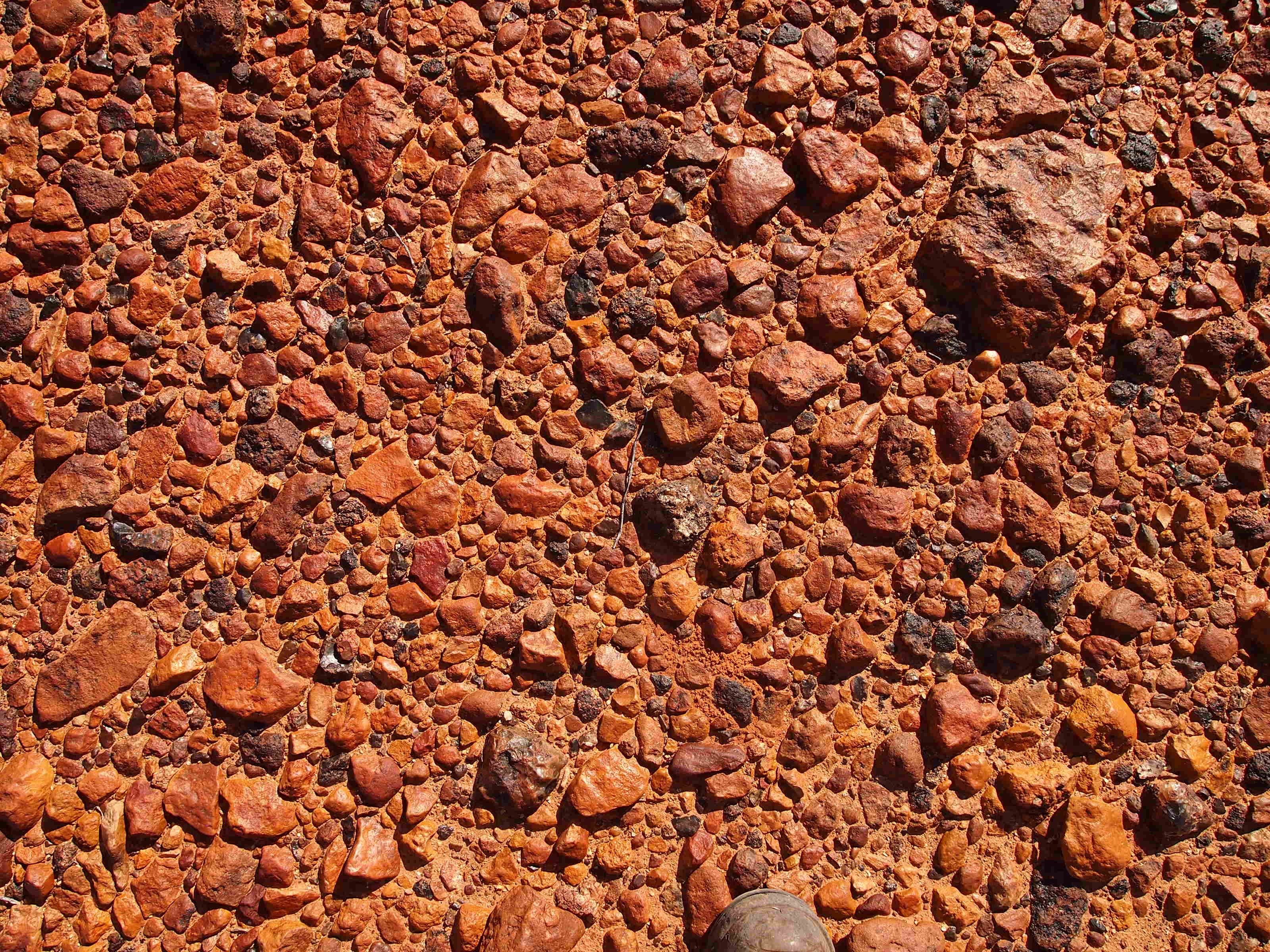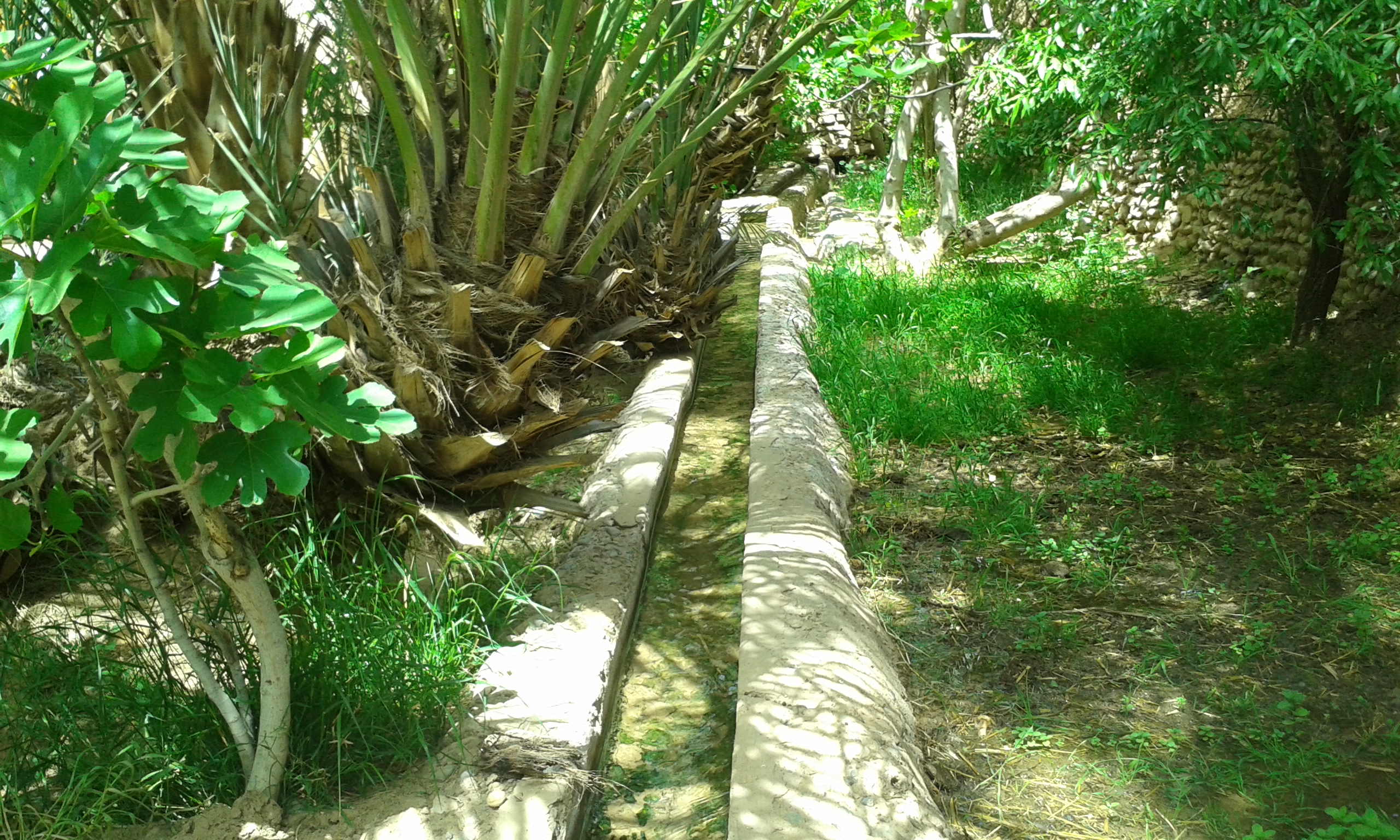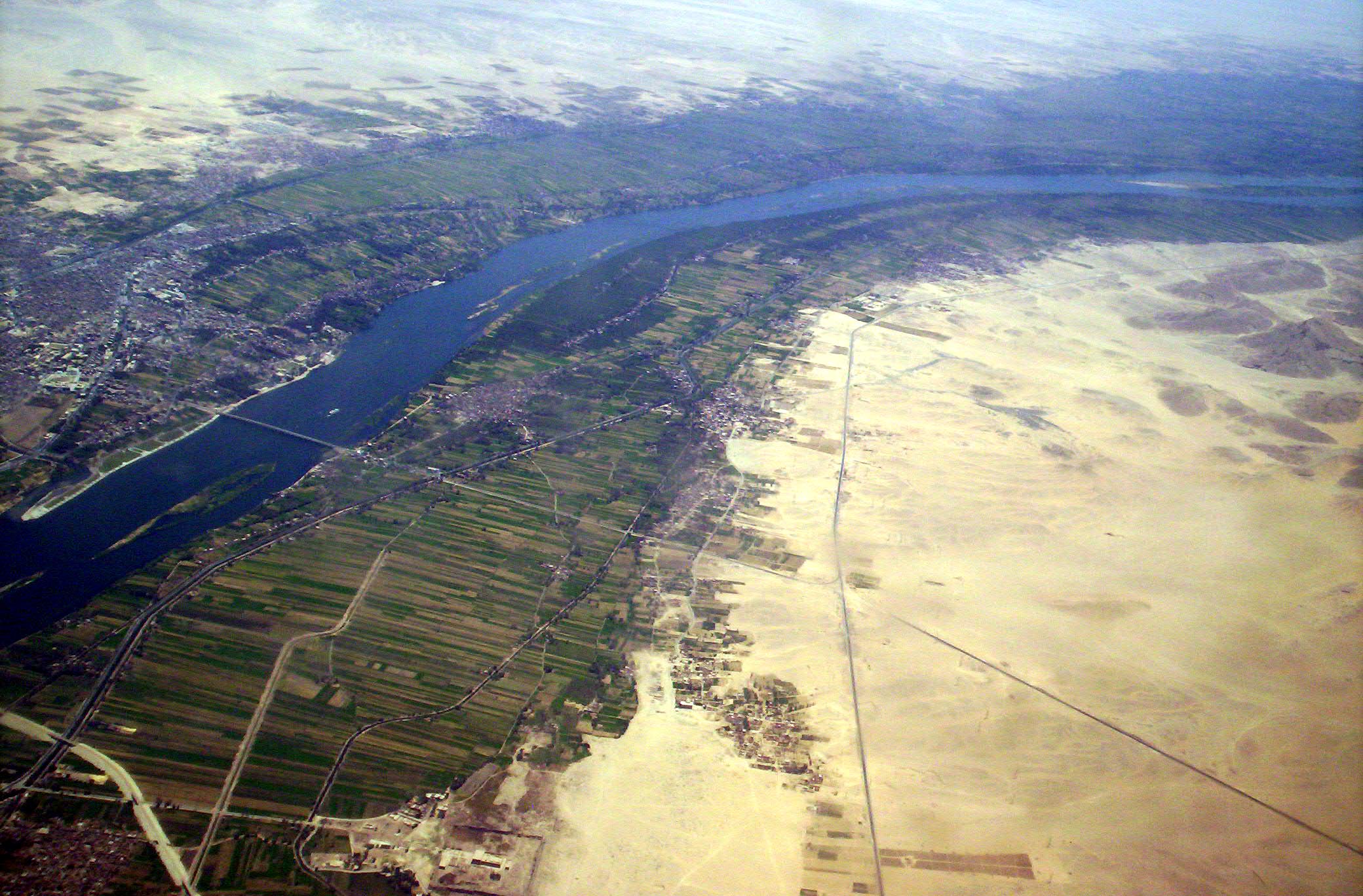|
Desert
A desert is a landscape where little precipitation occurs and, consequently, living conditions create unique biomes and ecosystems. The lack of vegetation exposes the unprotected surface of the ground to denudation. About one-third of the land surface of the Earth is arid or Semi-arid climate, semi-arid. This includes much of the Polar regions of Earth, polar regions, where little precipitation occurs, and which are sometimes called polar deserts or "cold deserts". Deserts can be classified by the amount of precipitation that falls, by the temperature that prevails, by the causes of desertification or by their geographical location. Deserts are formed by weathering processes as large variations in temperature between day and night strain the Rock (geology), rocks, which consequently break in pieces. Although rain seldom occurs in deserts, there are occasional downpours that can result in flash floods. Rain falling on hot rocks can cause them to shatter, and the resulting frag ... [...More Info...] [...Related Items...] OR: [Wikipedia] [Google] [Baidu] |
Desertification
Desertification is a type of gradual land degradation of Soil fertility, fertile land into arid desert due to a combination of natural processes and human activities. The immediate cause of desertification is the loss of most vegetation. This is driven by a number of factors, alone or in combination, such as drought, climatic shifts, tillage for agriculture, overgrazing and deforestation for fuel or construction materials. Though vegetation plays a major role in determining the Soil biology, biological composition of the soil, studies have shown that, in many environments, the rate of erosion and runoff decreases exponentially with increased vegetation cover. Unprotected, dry soil surfaces blow away with the wind or are washed away by flash floods, leaving infertile lower soil layers that bake in the sun and become an unproductive hardpan. At least 90% of the inhabitants of drylands live in Developing country, developing countries, where they also suffer from poor economic and s ... [...More Info...] [...Related Items...] OR: [Wikipedia] [Google] [Baidu] |
Dune
A dune is a landform composed of wind- or water-driven sand. It typically takes the form of a mound, ridge, or hill. An area with dunes is called a dune system or a dune complex. A large dune complex is called a dune field, while broad, flat regions covered with wind-swept sand or dunes, with little or no vegetation, are called ''Erg (landform), ergs'' or ''sand seas''. Dunes occur in different shapes and sizes, but most kinds of dunes are longer on the wiktionary:stoss, stoss (upflow) side, where the sand is pushed up the dune, and have a shorter ''slip face'' in the lee side. The valley or trough between dunes is called a ''dune slack''. Dunes are most common in desert environments, where the lack of moisture hinders the growth of vegetation that would otherwise interfere with the development of dunes. However, sand deposits are not restricted to deserts, and dunes are also found along sea shores, along streams in semiarid climates, in areas of Outwash plain, glacial outwash ... [...More Info...] [...Related Items...] OR: [Wikipedia] [Google] [Baidu] |
Desert Pavement
A desert pavement, also called reg (in western Sahara), serir (in eastern Sahara), gibber (in Australia), or saï (in central Asia) is a desert surface covered with closely packed, interlocking angular or rounded rock fragments of pebble and cobble size. They typically top alluvial fans. Desert varnish collects on the exposed surface rocks over time. Geologists debate the mechanics of pavement formation and their age. Formation Several theories have been proposed for the formation of desert pavements. A common theory suggests that they form through the gradual removal of sand, dust and other fine-grained material by the wind and intermittent rain, leaving the larger fragments behind. The larger fragments are shaken into place through the forces of rain, running water, wind, gravity, creep, thermal expansion and contraction, wetting and drying, frost heaving, animal traffic, and the Earth's constant microseismic vibrations. The removal of small particles by wind does not co ... [...More Info...] [...Related Items...] OR: [Wikipedia] [Google] [Baidu] |
Imperial Valley
The Imperial Valley ( or ''Valle Imperial'') of Southern California lies in Imperial and Riverside counties, with an urban area centered on the city of El Centro. The Valley is bordered by the Colorado River to the east and, in part, the Salton Sea to the west. Farther west lies the San Diego and Imperial County border. To the north is the Coachella Valley region of Riverside County, which together with Imperial Valley form the Salton Trough, or the Cahuilla Basin, also the county line of Imperial and Riverside counties, and to the south the international boundary with Mexico. The culture of the area blends those of the United States and Mexico, due to its regional history and geographic location along the international border. The Imperial Valley economy is based on agriculture. Imperial Valley was named by the Imperial Land Company, in the hopes of attracting settlers. It is now the home of the El Centro metropolitan area. Locally, the terms "Imperial Valley" and "Im ... [...More Info...] [...Related Items...] OR: [Wikipedia] [Google] [Baidu] |
Polar Desert
Polar deserts are the regions of Earth that fall under an ice cap climate (''EF'' under the Köppen classification). Despite rainfall totals low enough to normally classify as a desert, polar deserts are distinguished from true deserts (' or ' under the Köppen classification) by low annual temperatures and evapotranspiration. Most polar deserts are covered in ice sheets, ice fields, or ice caps, and they are also called ''white deserts''. Polar deserts are one of two polar biomes, the other being Arctic tundra. These biomes are located at the poles of Earth, covering much of the Antarctic in the southern hemisphere, and in the northern hemisphere extending from the Arctic into North America, Europe and Asia. Unlike the tundra that can support plant and animal life in the summer, polar deserts are largely barren environments, comprising permanent, flat layers of ice; due to the scarcity of liquid water, the same is also true of the few ice-free areas. However, there is evidence o ... [...More Info...] [...Related Items...] OR: [Wikipedia] [Google] [Baidu] |
Oasis
In ecology, an oasis (; : oases ) is a fertile area of a desert or semi-desert environmentBattesti, Vincent (2005) Jardins au désert: Évolution des pratiques et savoirs oasiens: Jérid tunisien. Paris: IRD éditions. . that sustains plant life and provides habitat for animals. Surface water may be present, or water may only be accessible from wells or underground channels created by humans. In geography, an oasis may be a current or past rest stop on a transportation route, or less-than-verdant location that nonetheless provides access to underground water through deep wells created and maintained by humans. Although they depend on a natural condition, such as the presence of water that may be stored in reservoirs and us ... [...More Info...] [...Related Items...] OR: [Wikipedia] [Google] [Baidu] |
Dust Storm
A dust storm, also called a sandstorm, is a meteorological phenomenon common in arid and semi-arid regions. Dust storms arise when a gust front or other strong wind blows loose sand and dirt from a dry surface. Fine particles are transported by saltation and suspension, a process that moves soil from one place and deposits it in another. These storms can reduce visibility, disrupt transportation, and pose serious health risks. Over time, repeated dust storms can reduce agricultural productivity and contribute to desertification. The arid regions of North Africa, the Middle East, Central Asia and China are the main terrestrial sources of airborne dust. It has been argued that poor management of Earth's drylands, such as neglecting the fallow system, are increasing the size and frequency of dust storms from desert margins and changing both the local and global climate, as well as impacting local economies. The term ''sandstorm'' is used most often in the context of d ... [...More Info...] [...Related Items...] OR: [Wikipedia] [Google] [Baidu] |
Desert Farming
Desert farming is the practice of developing agriculture in deserts. As agriculture depends upon irrigation and water supply, farming in arid regions where water is scarce is a challenge. However, desert farming has been practiced by humans for thousands of years. In the Negev, there is evidence to suggest agriculture as far back as 5000 BC. Today, the Imperial Valley in southern California, Australia, Saudi Arabia, and Israel are examples of modern desert agriculture. Water efficiency has been important to the growth of desert agriculture. Water reuse, desalination, and drip irrigation are all modern ways that regions and countries have expanded their agriculture despite being in an arid climate. History Humans have been practicing and refining agriculture for millennia. Many of the earliest civilizations such as ancient Assyria, Ancient Egypt, and the Indus Valley Civilization were founded in irrigated regions surrounded by desert. As these civilizations grew, the a ... [...More Info...] [...Related Items...] OR: [Wikipedia] [Google] [Baidu] |
Nomad
Nomads are communities without fixed habitation who regularly move to and from areas. Such groups include hunter-gatherers, pastoral nomads (owning livestock), tinkers and trader nomads. In the twentieth century, the population of nomadic pastoral tribes slowly decreased, reaching an estimated 30–40 million nomads in the world . Nomadic hunting and gathering—following seasonally available wild plants and game—is by far the oldest human subsistence method known. Pastoralists raise herds of domesticated livestock, driving or accompanying them in patterns that normally avoid depleting pastures beyond their ability to recover. Nomadism is also a lifestyle adapted to infertile regions such as steppe, tundra, or ice and sand, where mobility is the most efficient strategy for exploiting scarce resources. For example, many groups living in the tundra are reindeer herders and are semi-nomadic, following forage for their animals. Sometimes also described as "nomadic" are vari ... [...More Info...] [...Related Items...] OR: [Wikipedia] [Google] [Baidu] |
Mosaic
A mosaic () is a pattern or image made of small regular or irregular pieces of colored stone, glass or ceramic, held in place by plaster/Mortar (masonry), mortar, and covering a surface. Mosaics are often used as floor and wall decoration, and were particularly popular in the Ancient Rome, Ancient Roman world. Mosaic today includes not just murals and pavements, but also artwork, hobby crafts, and industrial and construction forms. Mosaics have a long history, starting in Mesopotamia in the 3rd millennium BC. Pebble mosaics were made in Tiryns in Mycenean civilisation, Mycenean Greece; mosaics with patterns and pictures became widespread in classical times, both in Ancient Greece and Ancient Rome. Early Christian basilicas from the 4th century onwards were decorated with wall and ceiling mosaics. Mosaic art flourished in the Byzantine Empire from the 6th to the 15th centuries; that tradition was adopted by the Norman dynasty, Norman Kingdom of Sicily in the 12th century, by th ... [...More Info...] [...Related Items...] OR: [Wikipedia] [Google] [Baidu] |
Arid
Aridity is the condition of geographical regions which make up approximately 43% of total global available land area, characterized by low annual precipitation, increased temperatures, and limited water availability.Perez-Aguilar, L. Y., Plata-Rocha, W., Monjardin-Armenta, S. A., Franco-Ochoa, C., & Zambrano-Medina, Y. G. (2021). The Identification and Classification of Arid Zones through Multicriteria Evaluation and Geographic Information Systems—Case Study: Arid Regions of Northwest Mexico. ''ISPRS International Journal of Geo-Information'', ''10''(11), 720. https://doi.org/10.3390/ijgi10110720 These areas tend to fall upon degraded soils, and their health and functioning are key necessities of regulating ecosystems’ atmospheric components. Change over time The distribution of aridity at any time is largely the result of the general circulation of the atmosphere. The latter does change significantly over time through climate change. For example, temperature increase by ... [...More Info...] [...Related Items...] OR: [Wikipedia] [Google] [Baidu] |
Precipitation
In meteorology, precipitation is any product of the condensation of atmospheric water vapor that falls from clouds due to gravitational pull. The main forms of precipitation include drizzle, rain, rain and snow mixed ("sleet" in Commonwealth usage), snow, ice pellets, graupel and hail. Precipitation occurs when a portion of the atmosphere becomes saturated with water vapor (reaching 100% relative humidity), so that the water condenses and "precipitates" or falls. Thus, fog and mist are not precipitation; their water vapor does not condense sufficiently to precipitate, so fog and mist do not fall. (Such a non-precipitating combination is a colloid.) Two processes, possibly acting together, can lead to air becoming saturated with water vapor: cooling the air or adding water vapor to the air. Precipitation forms as smaller droplets coalesce via collision with other rain drops or ice crystals within a cloud. Short, intense periods of rain in scattered locations are calle ... [...More Info...] [...Related Items...] OR: [Wikipedia] [Google] [Baidu] |









